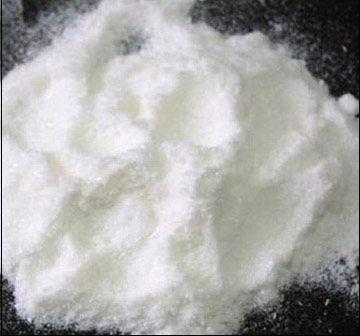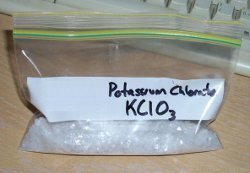A vibration dampener is any material that is designed to absorb vibration. People come in contact with vibration dampeners on a daily basis. Some examples are carpeting, foam, rubber, and grass. Vibration dampeners are exceptionally useful in situations where heavy machinery is repeatedly colliding with itself or another surface, especially a floor. Vibration dampeners can be used in both industrial and commercial applications and can be made in various sizes, thickness, and absorption rates in order to fit any situation.
How a Vibration Dampener Works
Vibration dampeners can be made of any material but usually consist of thread, foam, or a material known as “Sorbothane.” No matter what type of material is used, a vibration dampener depends on the pores/gaps in the material to expand and contract it. As the material moves out of the way, kinetic energy travels across it instead of being transferred to the ground, table, or other surface below it.
Applications
Vibration dampeners can be used for a wide variety of purposes. Sorbothane in particular is a gel-like substance that is specifically made for vibration dampening purposes and exhibits properties of both a liquid and a solid. While Sorbothane is most often used in shoe insoles in order to reduce vibrations from walking, it can also be used to create exercise mats, soundproof wall insulation, and flexible flooring that can withstand the pressure from heavy equipment.
Advantages
Vibration dampeners have several important advantages. For example, vibration dampeners reduce the noise that kinetic energy from heavy equipment or repetitive motion produces. Vibration dampeners also protect hard surfaces and joints by dispersing kinetic energy throughout the dampening material. Vibration dampeners are lightweight, soft, and are usually very comfortable.
Disadvantages
While vibration dampeners can be advantageous, they also have a few disadvantages. For example, because vibration dampeners reduce the kinetic energy that travels through a material, they allow less force to be transferred from one object to another. While this is usually not an issue, it can reduce the performance of some types of mechanical equipment that depend on a heavy, transferable force. Vibration dampeners can also be rather expensive depending on the material that is used.




Follow Us!